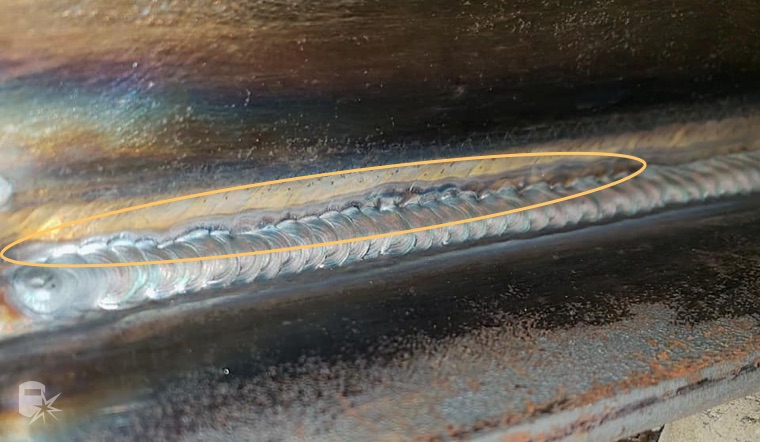Mastering the Art of Welding: Exactly How to Avoid Undercut Welding Issues for Flawless Construction Outcomes
Effectiveness and accuracy are paramount in the globe of welding, where even the tiniest imperfection can jeopardize the architectural integrity of a produced item. One common challenge that welders face is damaging, an issue that can compromise a weld joint and lead to costly rework. By comprehending the origin triggers of undercut welding and applying effective methods to stop it, welders can boost their craft to new degrees of excellence (Preventing weld undercut). In the pursuit of perfect construction outcomes, mastering the art of welding to prevent undercut problems is not simply an ability yet a necessity for those pursuing excellence in their job.
Recognizing Undercut Welding

To protect against undercut welding, welders should make sure proper welding specifications, such as adjusting the current, voltage, traveling rate, and maintaining the proper electrode angle. By recognizing the causes of undercut welding and applying preventive actions, welders can achieve top quality, structurally sound welds.
Reasons For Undercut in Welding
Understanding the elements that contribute to undercut in welding is necessary for welders to create high-grade, structurally audio welds. Poor welding wrong or current welding speed can also add to undercut. Recognizing these reasons and implementing proper welding methods can aid avoid damaging concerns, guaranteeing solid and sturdy welds.
Techniques to stop Undercutting

To minimize the threat of damaging in welding, welders can utilize critical welding strategies intended at improving the top quality and stability of the weld joints. Furthermore, utilizing the proper welding method for the particular joint arrangement, such as weave or stringer beads, can add to lowering damaging.
Moreover, proper joint preparation, including making sure tidy base materials devoid of contaminants and utilizing the suitable welding consumables, is important in avoiding undercut flaws. Employing back-step welding techniques and managing the weld grain account can additionally assist disperse warm evenly and decrease the threat of undercut. Regular evaluation of the weld joint during and after welding, as well as applying high quality guarantee steps, can aid in resolving look at more info and spotting damaging concerns promptly. By applying these methods faithfully, welders can attain perfect construction results with marginal undercut flaws.
Relevance of Appropriate Welding Criteria
Selecting and maintaining suitable welding parameters is crucial for accomplishing effective welds with very little defects. Welding criteria describe variables such as voltage, present, take a Read Full Report trip rate, electrode angle, and shielding gas circulation rate that directly impact the welding process. These criteria have to be very carefully adjusted based on the sort of material being welded, its density, and the welding technique employed.
Appropriate welding criteria ensure the right quantity of warmth is put on melt the base steels and filler product consistently. If the criteria are set too high, it can lead to too much heat input, triggering burn-through, spatter, or distortion. On the other hand, if the parameters are also low, incomplete blend, lack of penetration, or undercutting may take place.
Top Quality Guarantee in Welding Operations

Conclusion
To conclude, grasping the art of welding calls for click for more info an extensive understanding of undercut welding, its causes, and techniques to stop it. By guaranteeing correct welding specifications and applying quality control methods, flawless manufacture results can be attained. It is necessary for welders to constantly pursue excellence in their welding operations to stay clear of undercut problems and create high-quality welds.
Undercut welding, an usual defect in welding procedures, takes place when the weld steel doesn't correctly fill up the groove and leaves a groove or depression along the welded joint.To prevent undercut welding, welders need to make sure correct welding parameters, such as changing the existing, voltage, travel speed, and keeping the proper electrode angle. Inadequate welding current or inaccurate welding speed can likewise add to damage.To mitigate the threat of undercutting in welding, welders can employ calculated welding techniques intended at enhancing the high quality and stability of the weld joints.In verdict, mastering the art of welding requires a detailed understanding of undercut welding, its reasons, and methods to avoid it.
Comments on “How to Avoid Weld Undercut: Important Tips for Welders”